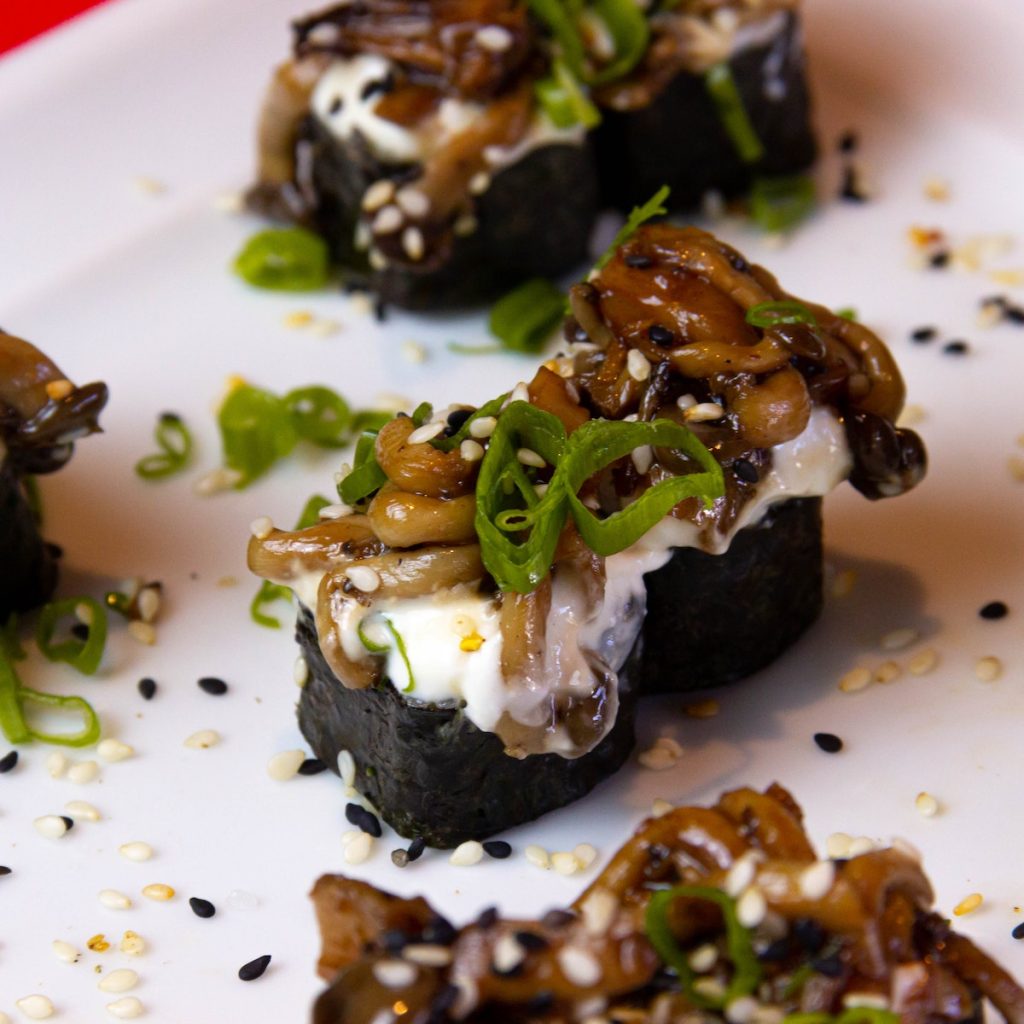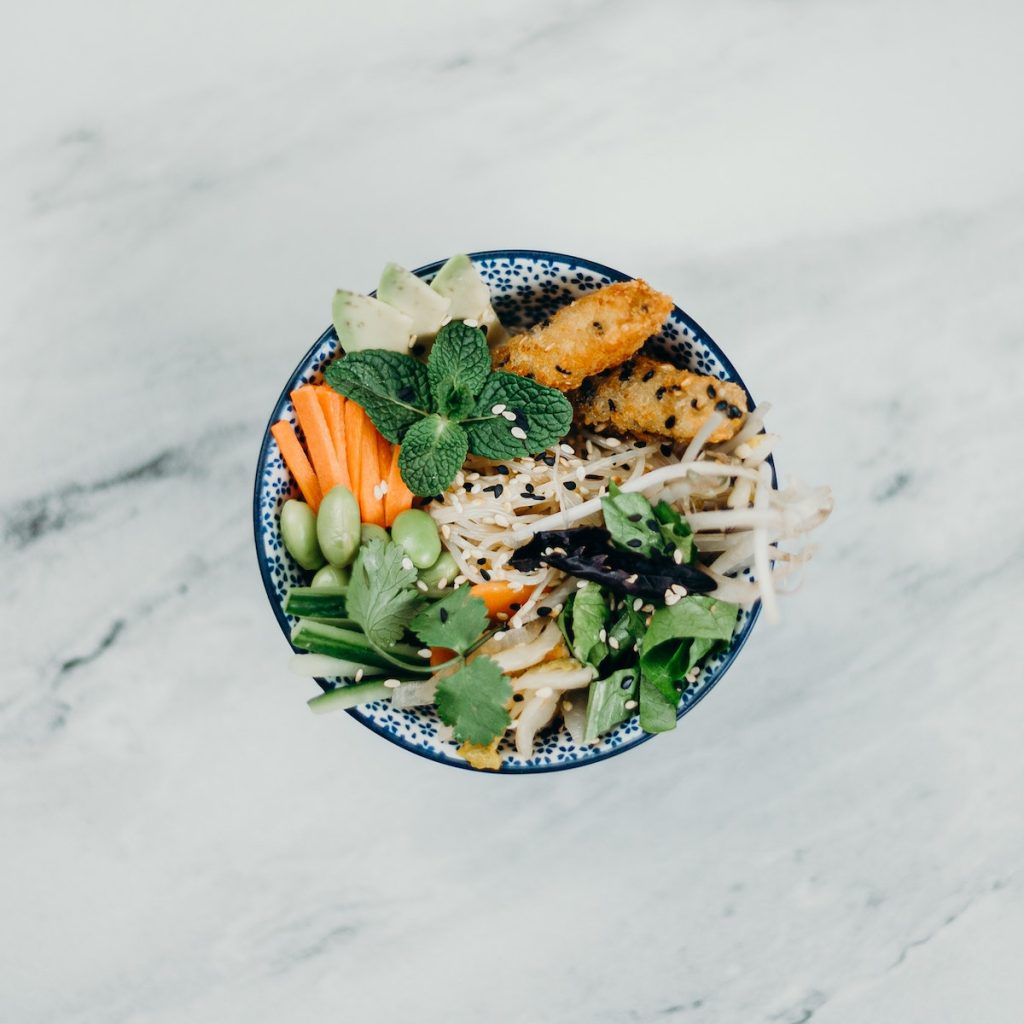Looking to switch up your culinary creations? Wondering if you can swap out white sesame seeds for their black counterparts? Look no further!
In this article, we’ll explore the possibilities and benefits of using black sesame seeds instead of white. Discover the nutritional differences, flavor profiles, and tips for incorporating these innovative ingredients into your dishes.
Prepare to elevate your cooking game with the bold and unique flavors of black sesame seeds.
Nutritional Differences Between Black and White Sesame Seeds

Are you curious about the nutritional differences between black and white sesame seeds? Well, you’re in luck because there are some interesting distinctions.
While both black and white sesame seeds are packed with nutrients, black sesame seeds have a slightly higher nutritional profile. They contain more calcium, iron, and fiber than their white counterparts. Black sesame seeds are full of antioxidants, which help safeguard your cells from damage caused by free radicals. Additionally, they contain healthy fats that are beneficial for heart health.
White sesame seeds, on the other hand, have a slightly milder flavor and are commonly used in various cuisines. However, both types of sesame seeds can be used interchangeably in recipes, so feel free to experiment and enjoy the nutritional benefits they offer.
Similarities and Differences in Flavor Profiles
When it comes to flavor profiles, you’ll notice both similarities and differences between black and white sesame seeds.
While both varieties of the seeds have a nutty taste, the black ones tend to have a stronger flavor. They can be slightly bitter and have a hint of smokiness, which adds depth to dishes.
On the other hand, white sesame seeds have a milder and more delicate flavor. They’re slightly sweet and have a subtle nuttiness that enriches the overall taste of a dish without overpowering it.
Whether you choose black or white sesame seeds, incorporating them into your recipes will undoubtedly bring a unique and innovative twist to your dishes. So go ahead, experiment, and let your taste buds be delighted by the unexpected flavors these seeds can offer.
Effects on the Appearance of Dishes When Substituting Black Sesame Seeds

Adding black sesame seeds instead of white sesame seeds can create a striking contrast in the appearance of your dishes. The deep black color of the seeds stands out against lighter-colored ingredients, adding a visually appealing element to your meals.
Whether you sprinkle them on top of salads, stir them into soups, or use them as a garnish for desserts, black sesame seeds can instantly elevate the overall look of your dishes. The contrast between the dark seeds and the other ingredients creates a sense of excitement and innovation, making your dishes more visually stimulating.
Cooking Techniques and Tips for Using Black Sesame Seeds as a Substitute
If you’re looking to enhance the flavor of your dishes, consider incorporating black sesame seeds instead of white ones into your cooking repertoire. Black sesame seeds possess a rich, nutty flavor that can add depth to your recipes.
When using black sesame seeds as a substitute, there are a few cooking techniques and tips to keep in mind. First, toast the black sesame seeds before using them in your dishes. This will expose their flavor and add a subtle smokiness. You can toast them in a pan on medium heat and wait till they become fragrant and slightly golden.
Another tip is to grind the black sesame seeds into a fine powder before using them. This will make the seeds easier to incorporate into your recipes and will distribute their flavor more evenly.
Finally, remember to adjust the quantities when substituting black sesame seeds for white ones, as the flavors may vary slightly.
With these cooking techniques and tips, you can confidently use black sesame seeds as a substitute and create innovative and flavorful dishes.
Recipes and Dishes That Benefit From the Use of Black Sesame Seeds
To elevate the flavor and presentation of your dishes, consider incorporating black sesame seeds into recipes such as salads, baked goods, and sushi rolls.
These tiny black seeds not only add a visually striking element to your dishes but also bring a unique nutty and slightly smoky flavor that can take your culinary creations to the next level.
Sprinkle black sesame seeds on top of a fresh green salad for a burst of color and a delightful crunch.
Incorporate them into your favorite baked goods, such as cookies or bread, to add a subtle richness and depth of flavor.
And for those sushi lovers out there, roll your sushi in black sesame seeds for an elegant twist that will impress both your taste buds and your guests.








Konnichiwa! (Hello!) I'm Pat Tokuyama, a Japanese tofu cookbook author, who travels for music, food, and adventure. If you like Japanese tea, checkout some of the newestorganic japanese tea, matcha bowls and noren and more!
** Curious about the Plant Based Japanese Cooking Club? ** Learn more here!